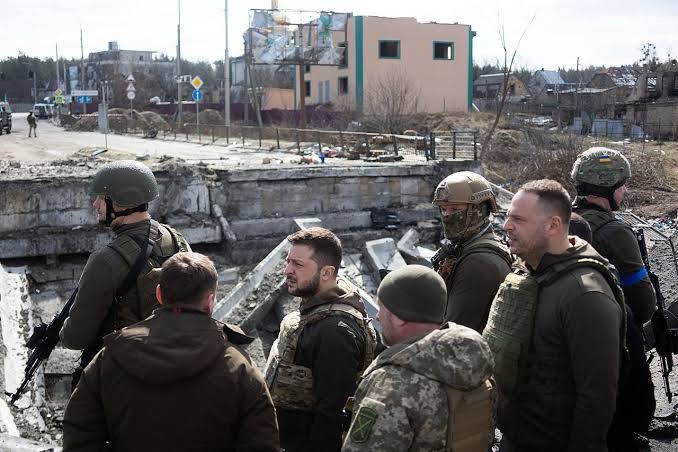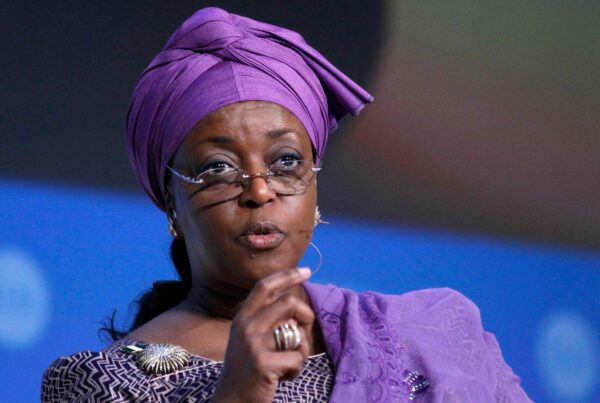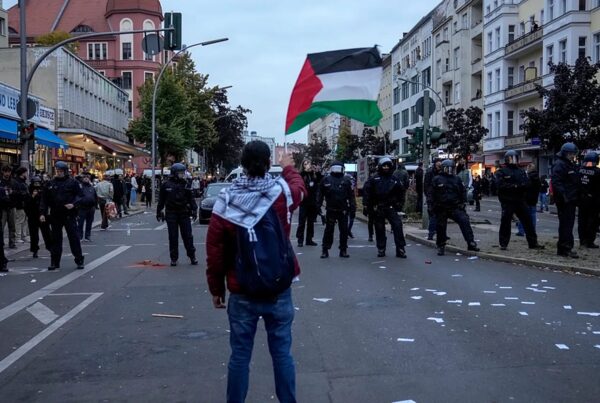The war in Ukraine has entered its third year without a clear path to peace. Despite international attempts to mediate, Moscow continues to expand its demands while Kyiv struggles to hold the front lines. The conflict has hardened into two distinct outcomes: Ukraine survives as a smaller sovereign state under Western protection, or it becomes a weakened protectorate under Russian dominance.
Partition with Protection
In this scenario, Ukraine loses roughly one-fifth of its territory but retains its sovereignty. Russian forces maintain control over occupied regions, while Kyiv secures international backing to safeguard what remains of the country.
Western allies have already signaled readiness to strengthen Ukraine’s defense. Discussions include permanent security guarantees, military aid, and even limited deployment of European forces to deter further Russian aggression. The goal is clear: prevent Moscow from advancing deeper into Ukrainian territory and preserve the nation’s democratic orientation toward Europe.
This outcome would not reverse the losses Ukraine has suffered but would allow the state to endure. A smaller, heavily protected Ukraine could continue its integration with the West and maintain its independence, even under constant pressure from Russia.
Partition with Subordination
The second scenario envisions a far more unfavorable result for Kyiv. Under Russian terms, Ukraine would shrink not only in territory but also in sovereignty. Military restrictions, limitations on Western weapons, constitutional changes, and political alignment with Moscow would turn Ukraine into a state controlled in practice by Russia.
In such a settlement, Ukraine would remain vulnerable to future offensives. History has shown that partial concessions often invite renewed aggression. A subordinated Ukraine could lose its ability to decide its own path, effectively placing the country back into Russia’s sphere of influence.
Decisive Factors
Military Balance
Ukrainian forces remain determined but face exhaustion, manpower shortages, and technological challenges. The rise of drone warfare has tilted the battlefield toward defense, making breakthroughs costly and slow.
Economic Pressure
Russia leverages its larger resources and population, while Ukraine relies heavily on sustained Western aid. Prolonged sanctions weigh on both sides, but Moscow continues to adapt, raising concerns about how long Kyiv can hold out without stronger commitments.
Global Diplomacy
The geopolitical struggle extends beyond Ukraine. Western leaders frame the conflict as a test of international order, while Russia insists on reshaping the security architecture of Europe. The outcome depends not only on the battlefield but also on the willingness of global powers to endure long-term costs.
The Road Ahead
Three years into the war, neither side has achieved decisive victory. Russia holds significant territory but at high cost, while Ukraine resists but cannot fully reclaim its lands. The stalemate has left the world facing two stark possibilities: a Ukraine that survives smaller yet protected, or a Ukraine diminished and subordinated.
Whichever path emerges, the war has already redrawn Europe’s security map and reshaped global power dynamics. The question now is whether Ukraine’s struggle will end in resilience under Western protection or capitulation to Moscow’s terms. The answer will define not only Ukraine’s future but the balance of power in the decades to come.









